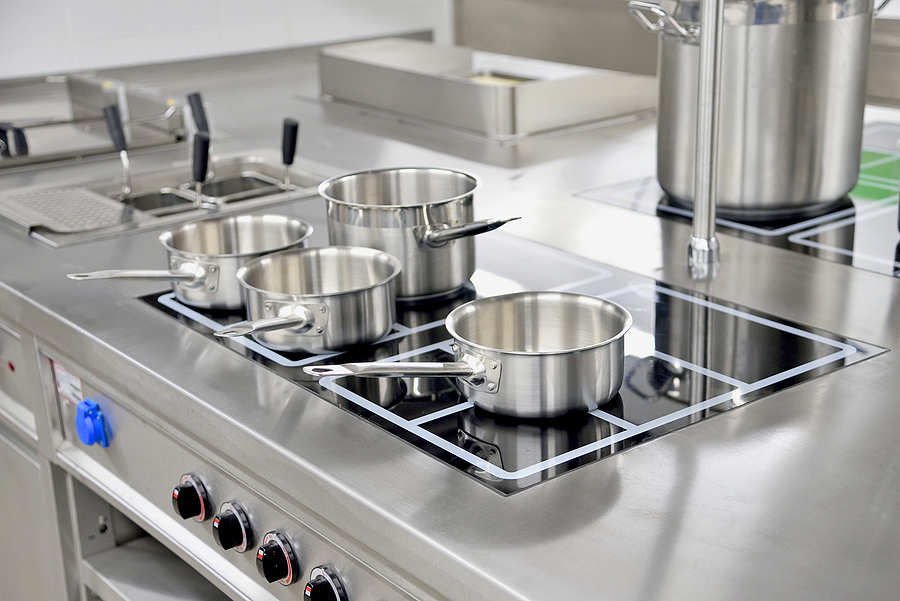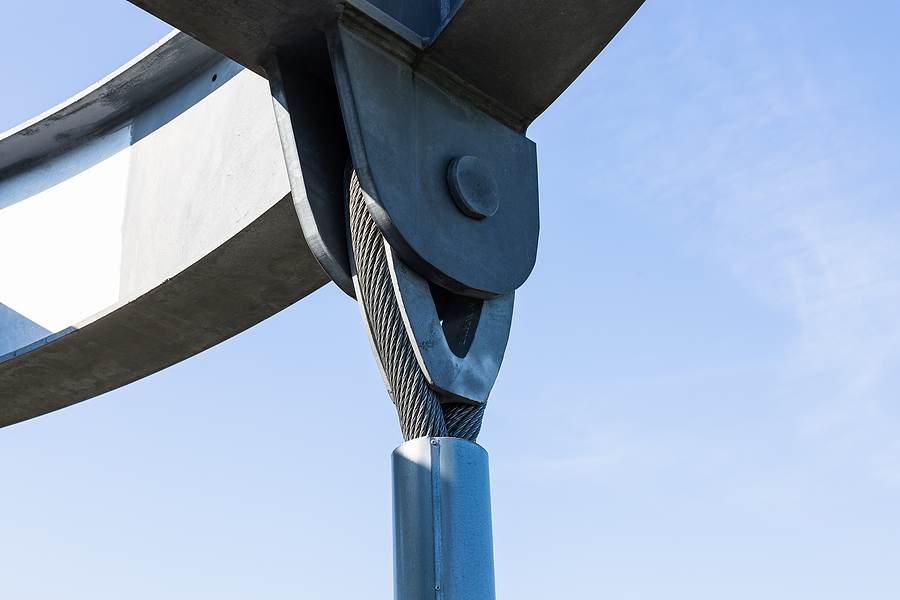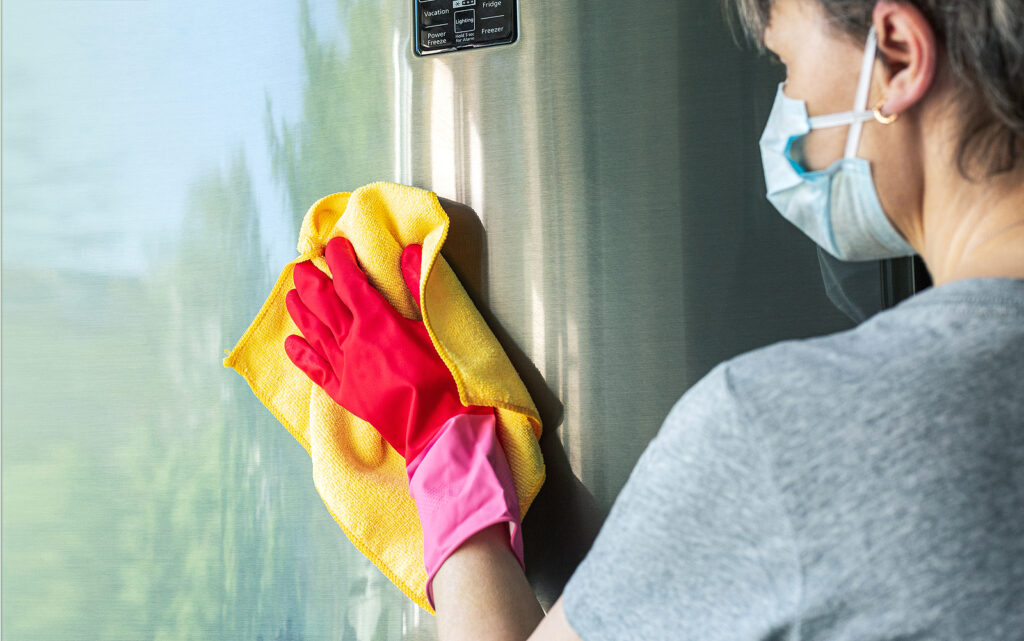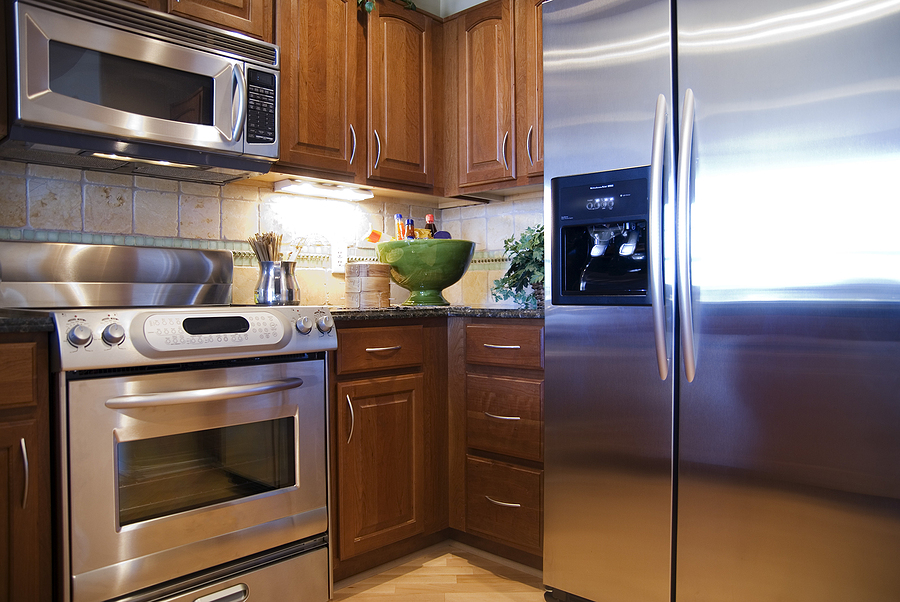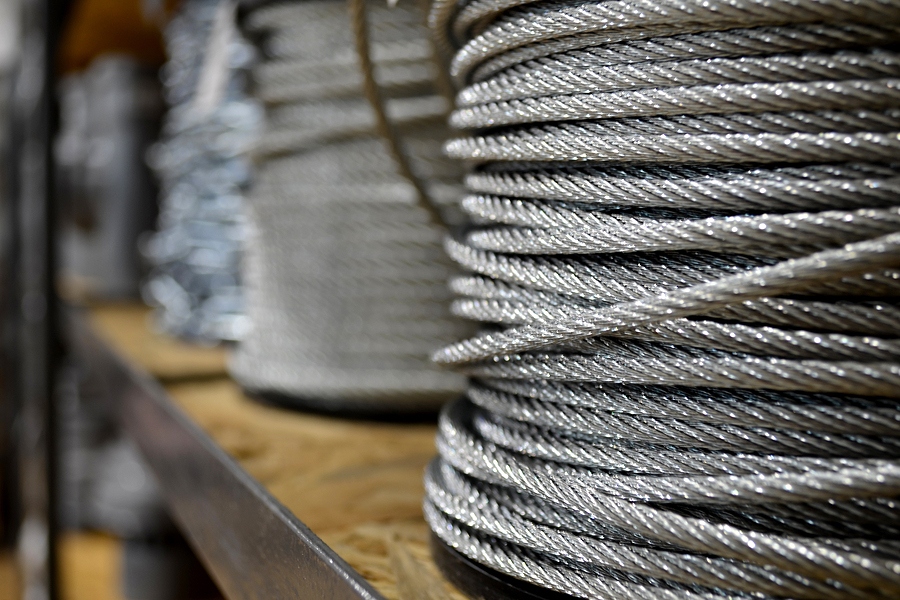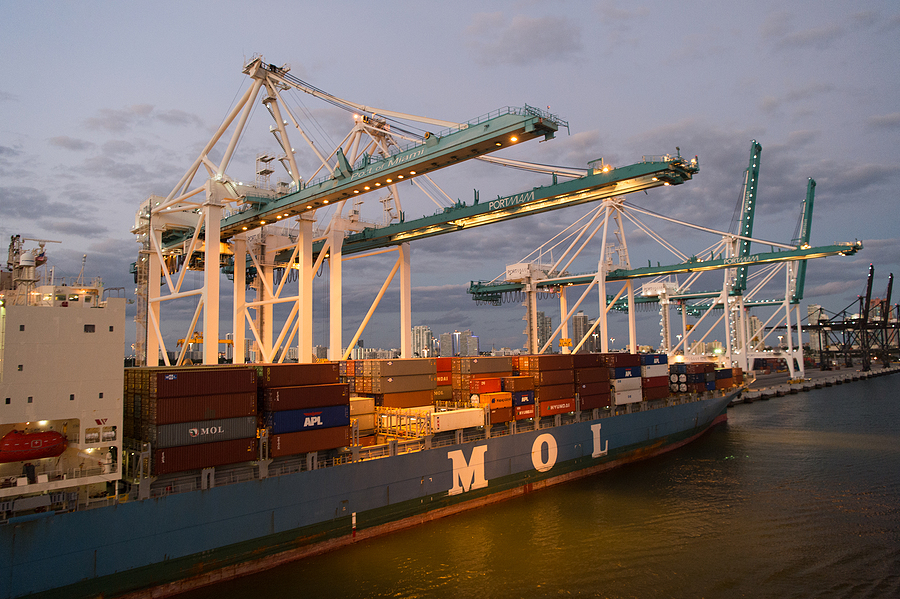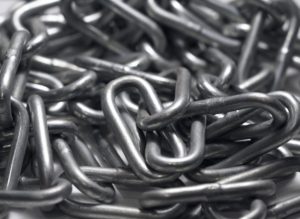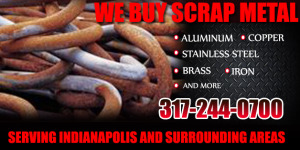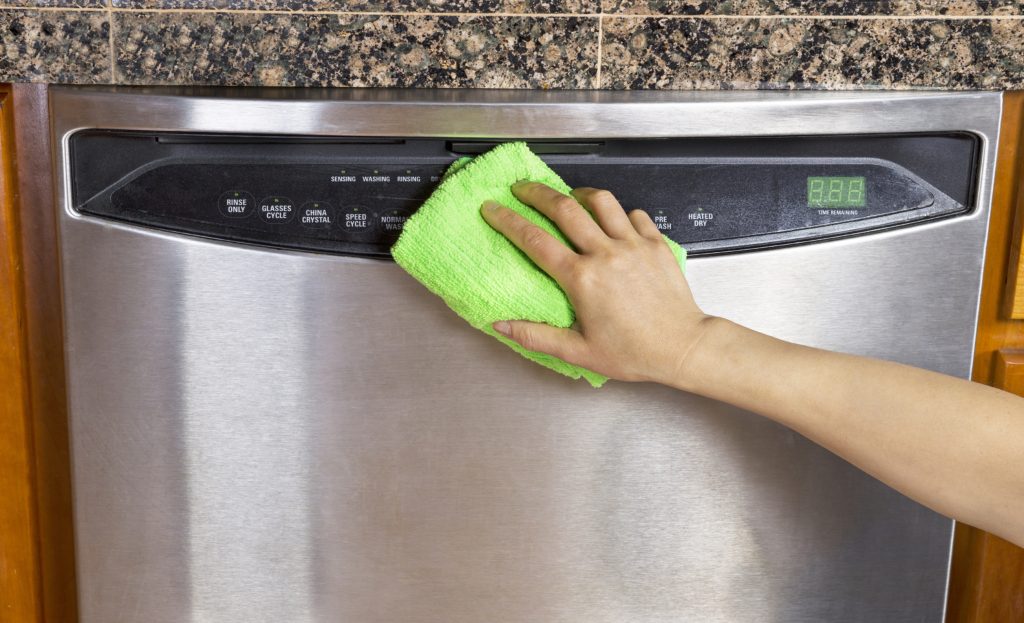Welcome to our comprehensive beginner’s guide to polishing stainless steel. If you’ve ever wondered how to restore that gleaming, mirror-like finish to your stainless steel items, you’ve landed in the right place. In this guide, we’ll unravel the secrets of metal polishing, specifically focusing on stainless steel, to help bring back its original charm.
Whether you’re dealing with cutlery, appliances, or larger surfaces, understanding the art of metal restoration is a skill that can save you both time and money. So, let’s dive in and discover the fascinating world of stainless steel polishing.
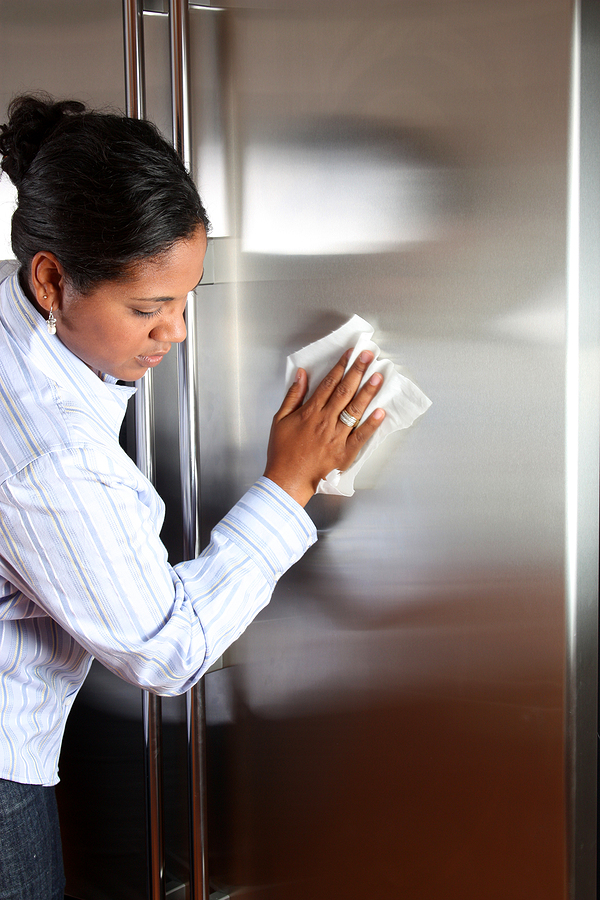
What is Stainless Steel?
Before we jump into polishing techniques, let’s first understand what stainless steel is. Stainless steel is an alloy of iron and chromium that offers excellent resistance to corrosion and staining, making it a popular choice for various applications. It has a unique shine that gives it a sleek and modern look, making it a preferred material in kitchens, bathrooms, and even in architecture. However, over time, stainless steel can lose its luster and become dull due to regular use and exposure to elements.
Why Polish Stainless Steel?
Polishing stainless steel not only enhances its aesthetic appeal but also helps in maintaining its durability. By removing surface imperfections such as scratches, rust, and stains, the metal becomes less prone to corrosion and extends its lifespan. Furthermore, polishing restores the protective layer on the surface of stainless steel, making it less susceptible to damage from environmental factors.
Metal Polishing Techniques for Stainless Steel
Now that we understand why polishing is important let’s dive into some techniques to get your stainless steel items shining again:
Basic Cleaning
Before you start polishing, ensure that the surface is clean and free of any dirt, dust, or grime. Use a gentle cleaner or warm water with mild soap to wipe down the surface and dry it off completely.
Chemical Polishing
Chemical polishing is an effective method for removing stubborn stains and rust from stainless steel surfaces. Use a chemical-based stainless steel cleaner specifically designed for metal restoration and follow the instructions carefully.
Mechanical Polishing
Another popular method for polishing stainless steel is mechanical polishing, which involves using a machine or handheld tool to buff the surface. You can use a soft cloth, buffer pad, or even a small handheld rotary tool with a polishing wheel attachment.
DIY Polishing
If you prefer a more natural approach, you can also try some DIY methods for polishing stainless steel. A mixture of baking soda and water or vinegar and olive oil can be used as a gentle abrasive to remove stains and shine the surface.
Tips for Polishing Stainless Steel
▶ Always test the polishing method on a small, inconspicuous area before applying it to the entire surface.
▶ Use soft cloths or pads to avoid scratching the stainless steel surface.
▶ Avoid using harsh chemicals or abrasive cleaners as they can damage the protective layer on stainless steel.
▶ For larger surfaces, it’s recommended to use a machine or hire a professional for more efficient results.
▶ Regularly clean and polish your stainless steel items to maintain their shine and prevent build-up of stains and rust.
What to Do With Old Stainless Steel
When you cannot seem to restore your stainless steel to a condition that you find acceptable, you still have a lucrative option. Instead of tossing them out and adding to landfill waste, consider recycling them. Stainless steel recycling not only reduces the amount of waste in landfills but also saves energy and resources used in mining new materials.
Search for a reputable metal recycling center in your area that accepts scrap metal, including stainless steel. These centers use advanced technologies to sort, clean, and repurpose the material for new products, and you may even get paid for your scrap metal. So next time you’re clearing out your home, keep stainless steel recycling in mind as a responsible and Eco-friendly option.
Wrapping Up
Polishing stainless steel may seem like a daunting task, but with the right techniques and products, it can be easily achieved. By understanding the properties of stainless steel and knowing how to properly restore its shine, you can keep your items looking like new for years to come. Remember to always use caution and follow instructions carefully when working with chemicals or machinery. With these tips in hand, you’re now ready to tackle any stainless steel polishing job with confidence.
Recycling scrap steel in Indiana is simple, and the advantages make it a valuable endeavor. Contact Zore’s Recycling at 317-244-0700 to get paid cash on the spot for scrap metal recycling services in Indianapolis, Indiana. We pay cash on the spot for all scrap metal materials and items, including motorized vehicles, auto parts, construction scrap, appliances, generators, HVAC units, and much more. You must show proof of ownership to sell catalytic converters.
Related Posts:
Why is Stainless Steel So Popular These Days?
How to Recycle Junk Appliances in Indianapolis
Facts About Steel Grades and Classifications

